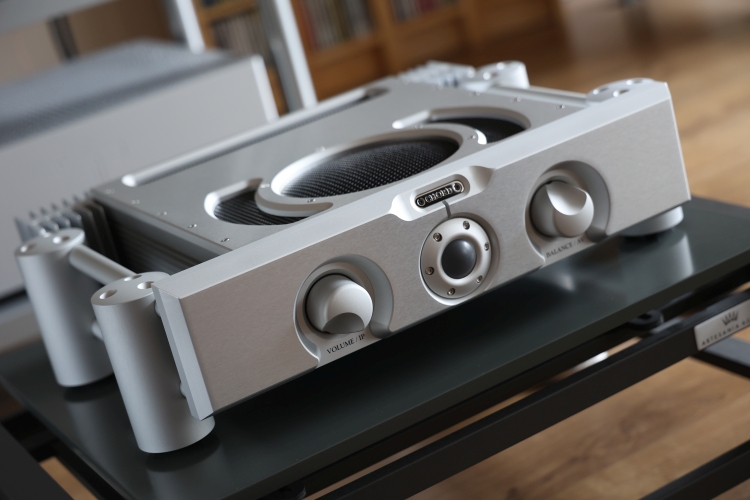
Review sample supplied by Mafico
Retail price in the Netherlands, incl. VAT:
Ultima Integrated in Black or Silver, with Integra Legs: 10.490 euro
About Chord Electronics
Chord Electronics has its roots in the aviation world, where engineering without limits means uncompromising standards. Company owner and chief designer John Franks has embedded this concept at the core of the company philosophy since its inception in 1989. The first Chord amplifiers were supplied to the BBC, followed by world-leading studios, including Abbey Road, Sony Music (New York), and later, The Royal Opera House. Their reputation within the professional world generated demand for a domestic range encompassing the same solid engineering and build standards. Today, Chord Electronics applies proprietary technologies to all its British-made products and proudly delivers studio-grade audio performance across the entire Chord range.
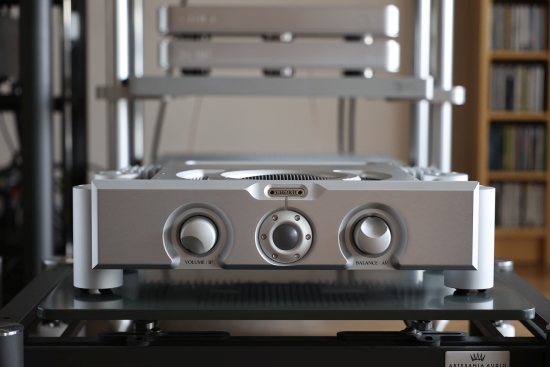
About the Ultima Integrated
The Ultima Integrated is the latest entry to the ULTIMA range introduced five years ago and it is the first integrated amplifier within the series. Inheriting technology from the higher-tier models, trickled down into a full-width integrated amplifier, the Ultima Integrated features and features the unmistakable industrial Chord aesthetic and contains the latest ULTIMA topologies. The amplifier benefits from the latest dual-feed-forward error-correction topology (the ULTIMA circuit monitors and corrects audio signals before the output stage) and the advanced low-distortion, ultra-high-frequency power supplies to offer exceptionally low noise.
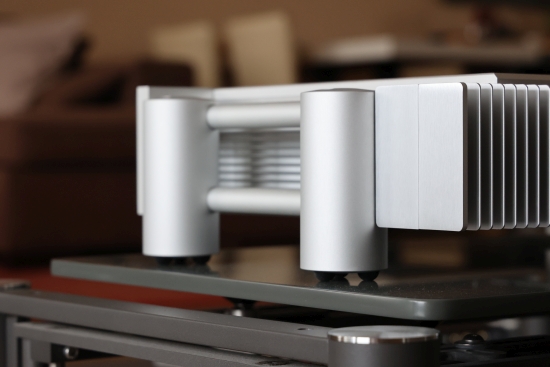
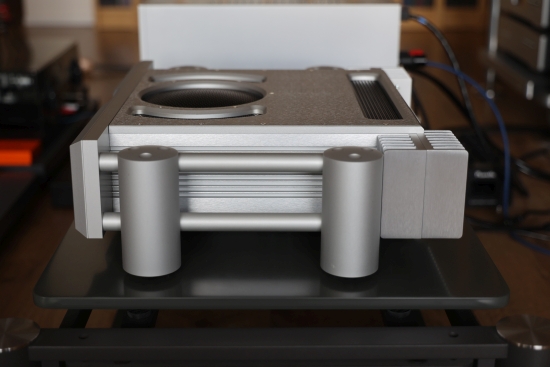
Chord has used proprietary techniques and a very advanced switched power supply, but the Ultima Integrated is a fully analog amplifier with a Class A/B power amplifier output section offering 125 watts per channel into 8 Ohms. Volume control is via a very reliable and high quality Alps Blue Velvet potentiometer that can be controlled in precise, small steps via the beautifully sculpted, milled-from-aluminum IR Remote Control.
The volume control implementation is logarithmic and not linear, meaning that the gain (volume) only starts to be realized when the volume control dial is more open than in a linear implementation. This is how one hears, and logarithmic implementation is also better for channel accuracy at lower volumes. A word of caution, though, as someone not familiar with this implementation could wrongly assume that amplifier A is more powerful than B because the volume for a lower setting on the knob is louder.
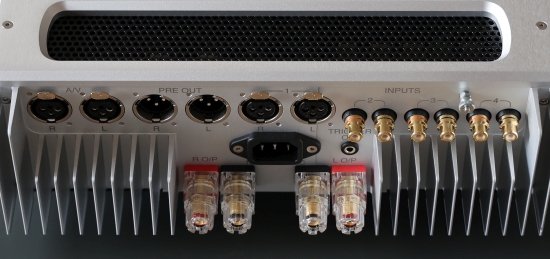
The amplifier offers 4 inputs, one fully balanced and three unbalanced, all individually buffered and selectively filtered against potential ingress from radio frequency interference. There’s also a balanced AV bypass input to connect the output of an AV processor or receiver. For this input, the Ultima amplifier’s volume control and signal processing are effectively bypassed so that the signal from the connected AV device reaches the power amplifier section as if it were connected directly. There’s also a balanced preamp output, which can drive a bigger power amplifier or allow Bi-Amping.
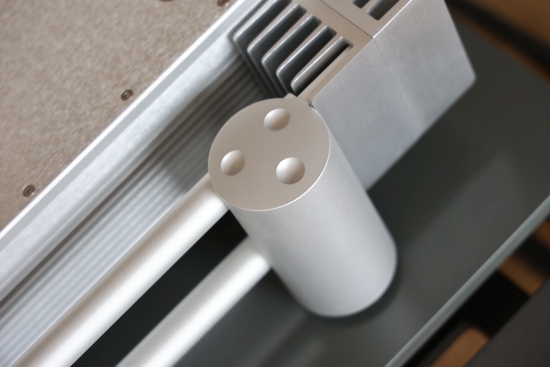
All metalwork is precision-machined from solid aircraft-grade aluminum, including Chord Electronics’ iconic Integra Legs. The fascia sports a 28-mm-thick front panel with a perfectly symmetrical aesthetic centered around a spherical power on/off control with polychromatic lighting flanked by illuminated volume and balance controls. The intensity of the lighting can be dimmed to half-strength from the Infrared Remote Control, but it cannot be switched off.
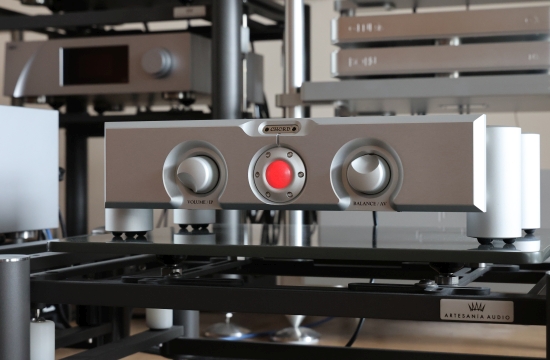
Above: amp in standby, indicated by the red illuminated power button. Two short presses or one longer press wakes it up.
Input selection switching is via microprocessor-controlled sealed relays, engaged either from the front panel by pressing the volume dial to toggle through them sequentially or by using the Infrared Remote Control, either via up/down buttons or direct input selection. Each input is represented by a different color in the polychromatic ring around the volume dial.
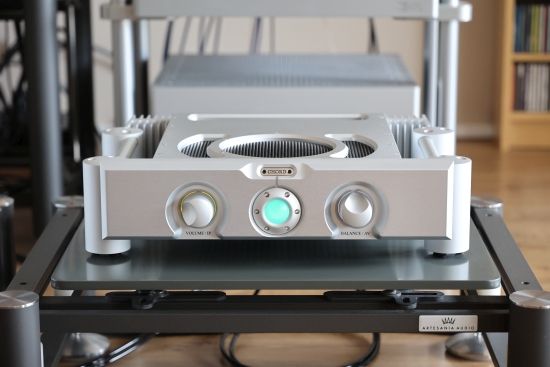
Above: amp switched on, indicated by the green illuminated power button
The power button sphere is also something very special: a translucent ball that can be freely rotated and which functions as a button, and power status indicator light, and, I presume, an IR receiver window. I found that direct sunlight from the side windows on the front panel can affect the IR operational range, and on one very bright day in my room with no curtains, I had to get up from the couch and move forward to get the amp to respond. In that single case, the range was 3 meters. On every other day of my testing, though, the range was normal, and I had no issues operating the amp.
After reading about this, Chord commented they have done countless audio shows using the Ultima Integrated and have never had an issue with the remote’s range under normal circumstances. A range of up to 8 meters is considered normal.
In use, the amplifier typically consumes 45 Watts and becomes only mildly warm. In standby mode, it consumes just 1 W and can, therefore, be left in this mode at all times if desired. The amplifier is available in Black and Silver (as reviewed). As standard, it comes complete with Integra Legs, which emphasize the amplifier’s beautiful industrial look. If desired, these legs can also be substituted for side blocks, for a more classic look.
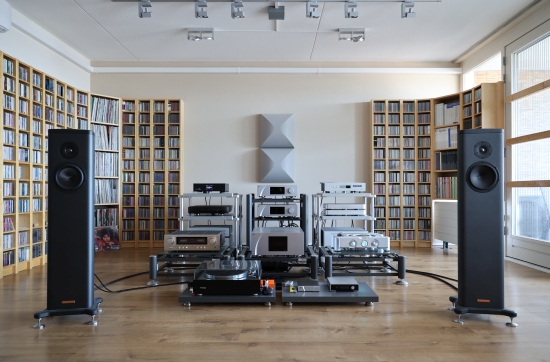
System Context
The Chord Ultima amplifier will be listened to in my main system, consisting of the CH Precision C1.2 DAC, L1 preamp, and A1.5 power amp with the Magico S1 MkII speakers. The main digital sources are the Grimm MU1 and Antipodes Oladra music servers and the Aqua La Diva M2 CD transport. Also used for this review is the Aqua Formula xHD DAC with the V2 output board upgrade.
Speaker cables used are the Jorma Unity and Driade Flow Reference 808. Interlinks are the unbalanced and balanced Driade Flow Link Reference 808. The CH system sits on Artesania Exoteryc and Aire racks, while the digital sources and most review components sit on HRS EXR racks. For logistic reasons (cable lengths), the Chord amplifier was listened to on the foremost row of Artesania Aire racks on top of a KSH2 Krion shelf.
Next: Running In, Listening, and Conclusion
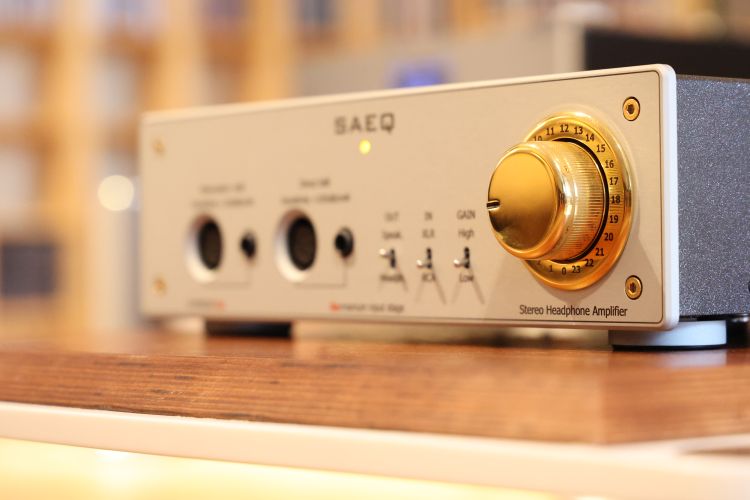
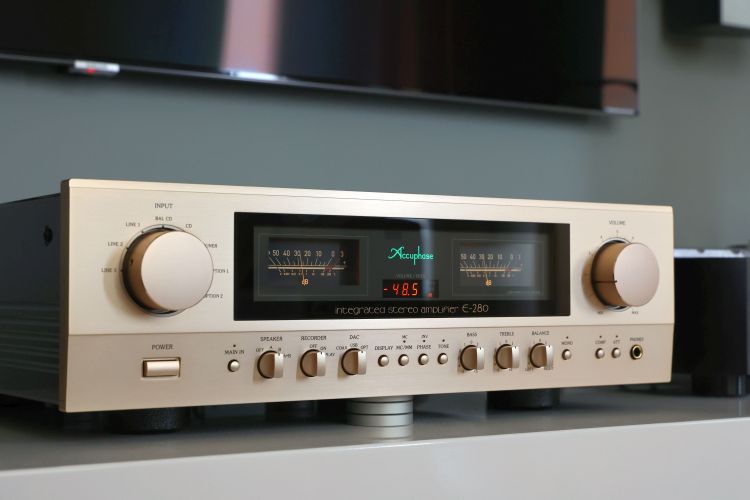
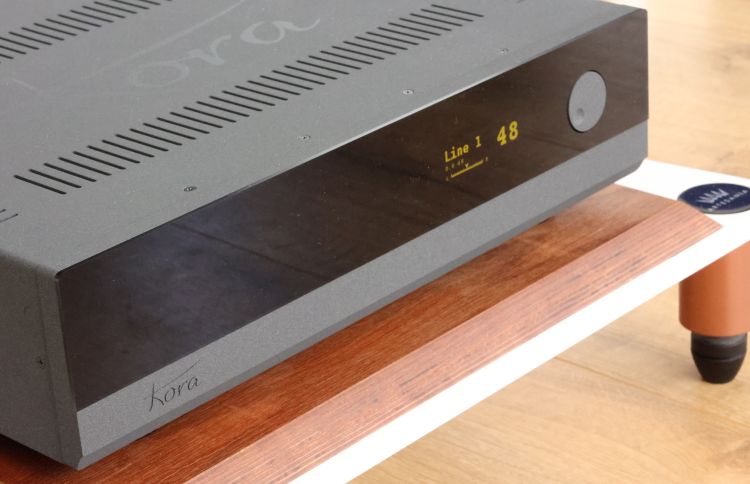
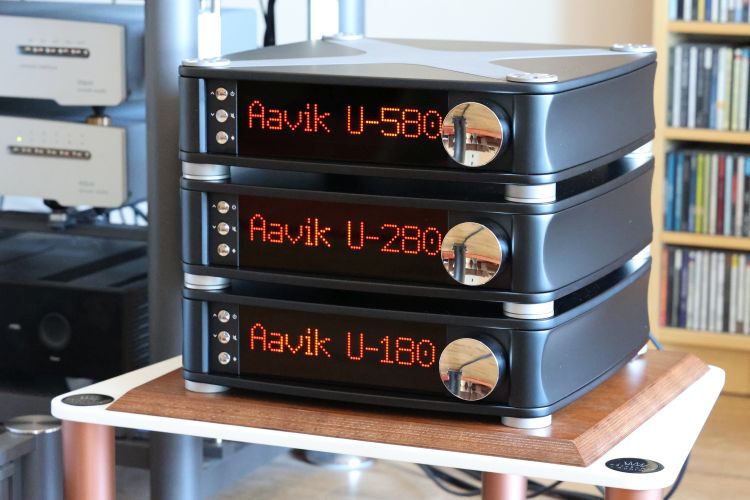
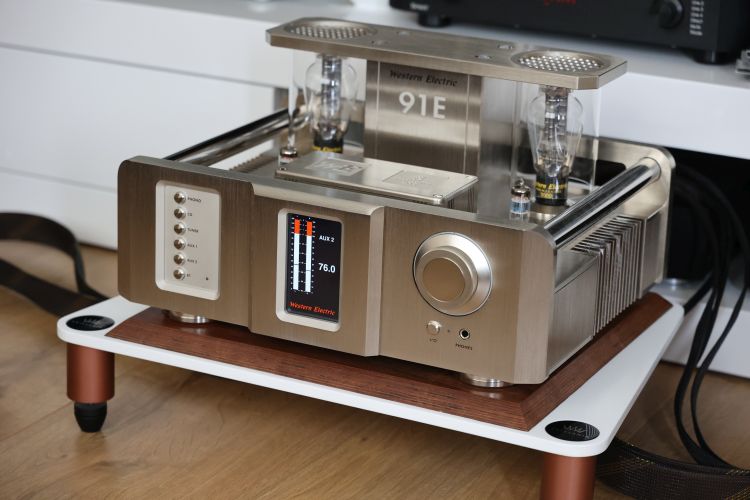
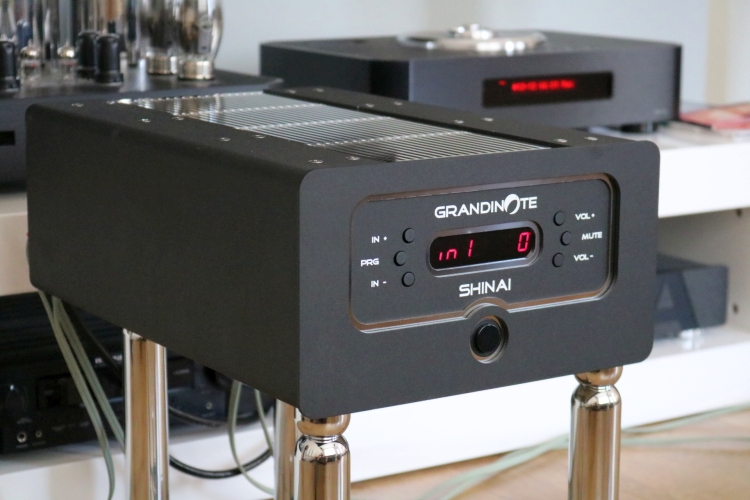
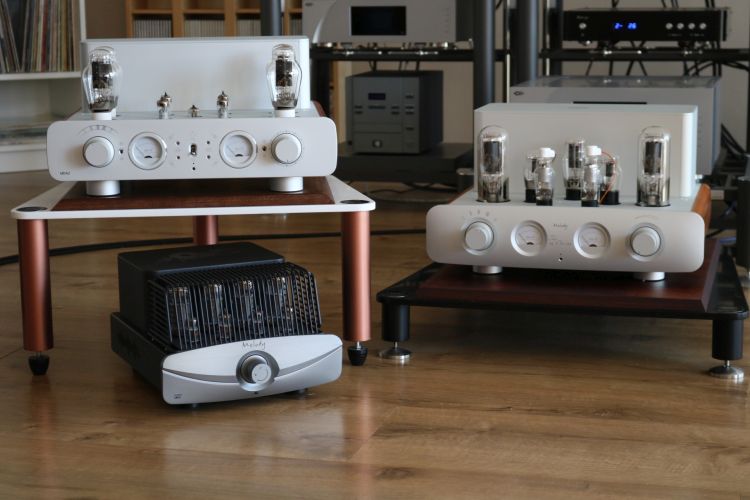
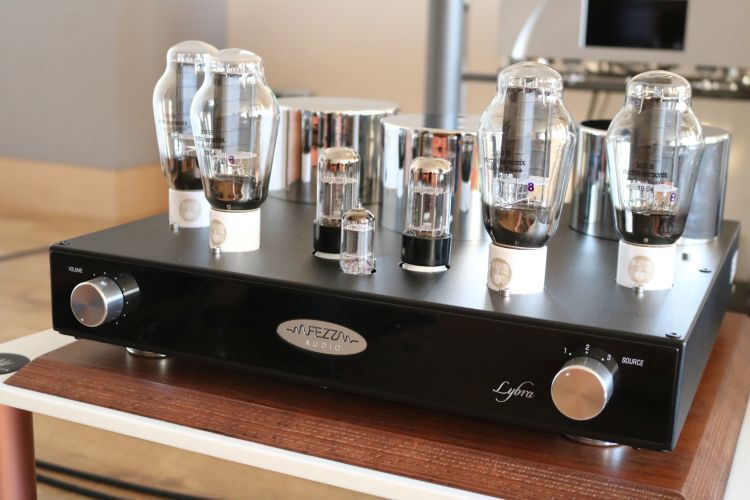
Nice review Christian I’ve only heard Chord once in a show setting with Fyne speakers and it sounded very good though I cannot remember the exact model. I’ve also always enjoyed their industrial design. And my fave CD player of all time the Tube Technology Fusion-64 used a simplified version of the original Chord Dac.
Cheers,
Jon
Hi Christiaan, great review, thanks!
What about review about Moonriver audio Reference? Your opinion is very important for many of us. It is great machine, really. So, I would say as “Naim with tubes”.